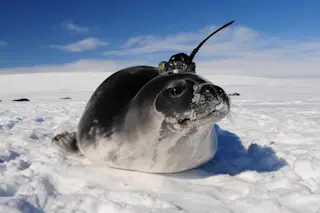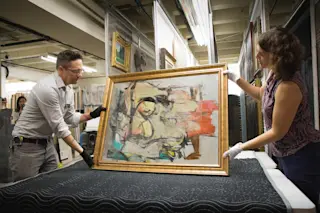This post is part of our Divers' series. We encourage readers to continue the conversation by adding their own comments, question or concerns on our Facebook page. You’ll find links to other posts at the end of this story.
Two years ago I rang in the New Year by scuba diving with giant manta rays off the coast of Hawaii’s Big Island. It was a bucket list experience I will never forget and one that introduced me to a new form of citizen science. That evening, after enjoying a late afternoon dive among sea turtles and tropical fish, my fellow divers and I returned to the boat for snacks and some instruction. Our dive leader went over the protocols for a night dive and reminded us that rays are a vulnerable species that we must not touch. He also let us know that although they are large animals, very little ...













